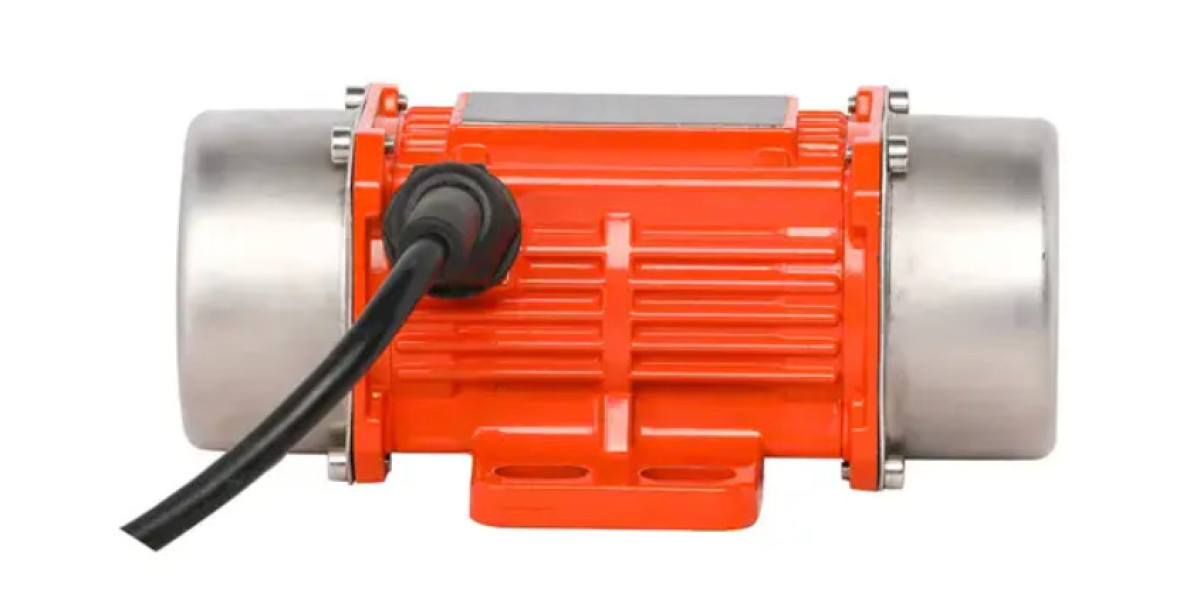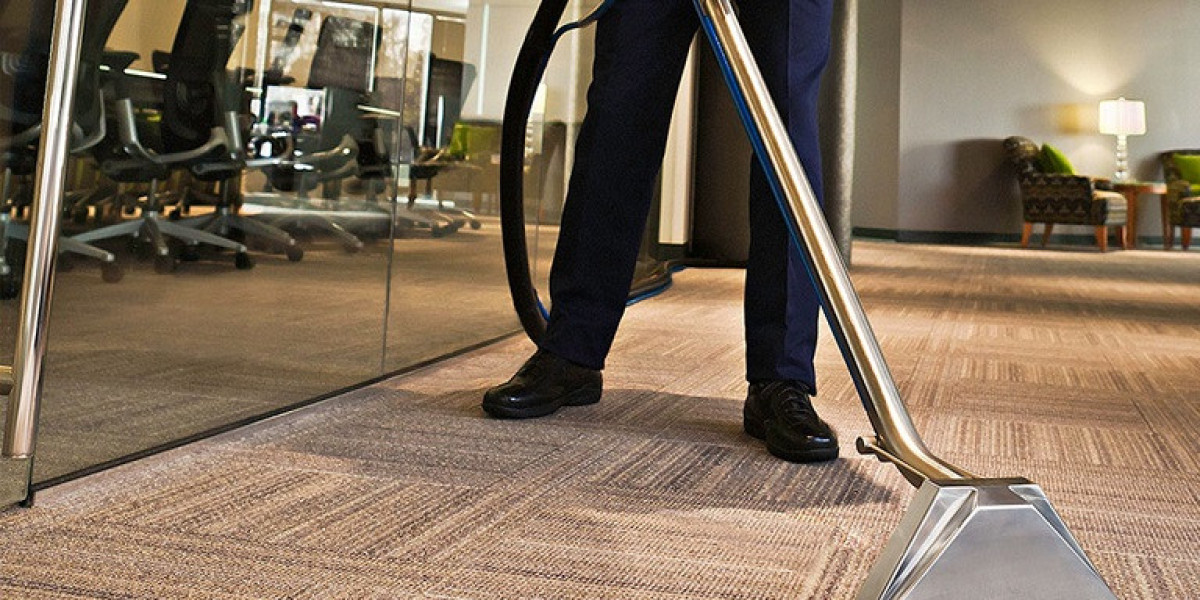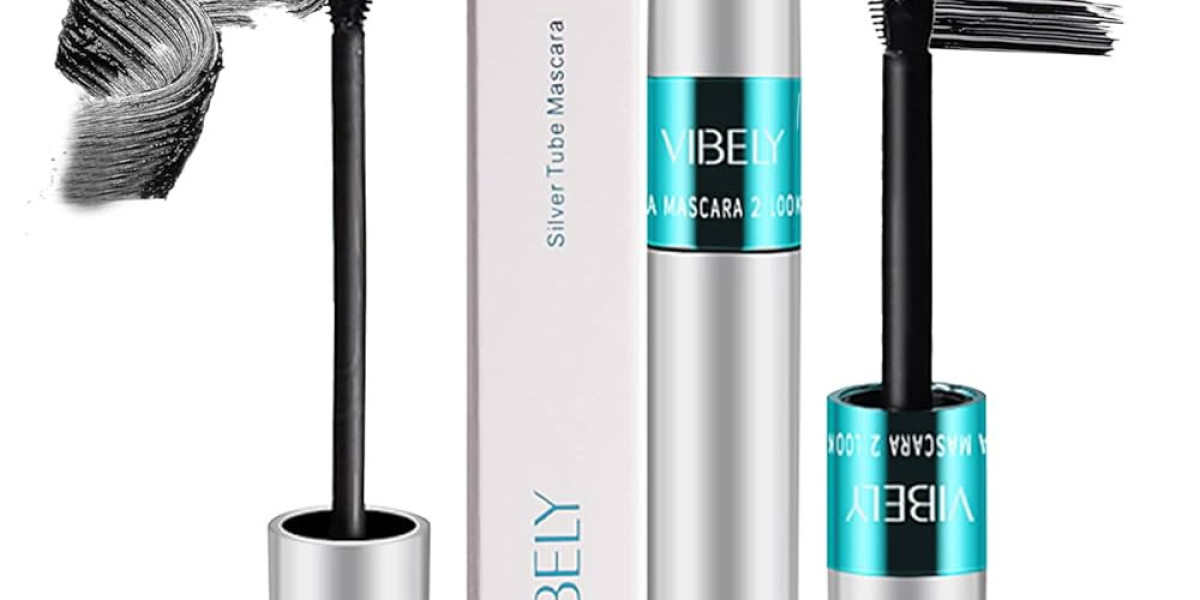In the process of pouring concrete, vibration plays a key role in achieving uniformity and strength. A Concrete Vibrator generally refers to the internal vibration device inserted directly into the concrete to consolidate the mixture. This helps in releasing trapped air and redistributing aggregates for a dense finish.
On the other hand, an External Vibrator is mounted outside the concrete formwork, vibrating the structure indirectly. This method can be advantageous when the formwork is fragile or when it’s difficult to insert an internal vibrator due to structural complexity. External vibrators reduce damage risks and are effective in thin slabs or large panels.
Both tools are designed to address the challenge of air pockets and improper compaction, which can compromise concrete’s performance. The concrete vibrator works from within the mixture, while the external vibrator transmits energy through the formwork to the concrete.
The choice between these two devices should consider factors like concrete thickness, formwork material, and accessibility. Knowing when to apply a concrete vibrator or an external vibrator can lead to improved surface finish and structural reliability. Together, they are essential for quality concrete construction.







